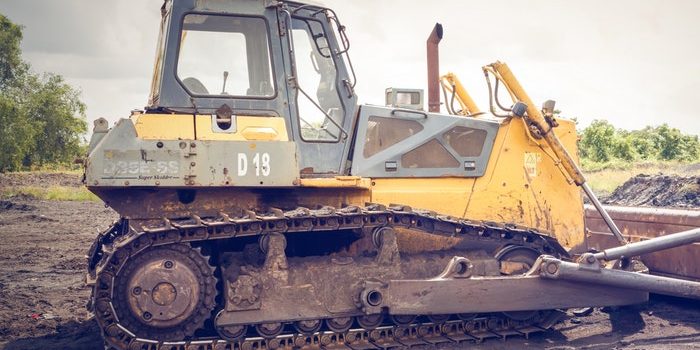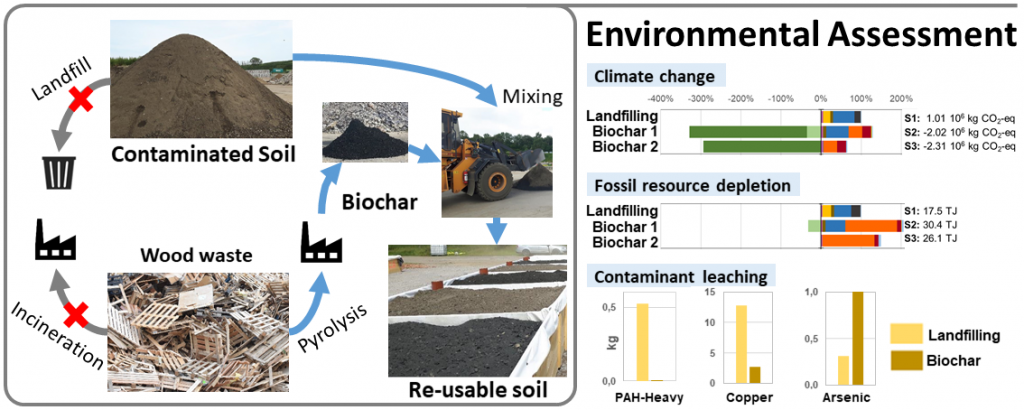
Researchers are testing biochar’s ability to improve the quality of urban soils while mitigating climate change.
Why is it needed?
In Swedish cities, there are previous industrial sites in locations attractive for new construction. Soils in these areas are often contaminated by heavy metals and PAHs, which have to be treated before new, safe neighbourhoods can be built.
Conventional remediation techniques, such as dig-and-dump, are costly, energy and resource intensive, and not free of environmental impacts. Moreover, landfill space, where contaminated soil is dumped, is becoming scare. Biochar-based techniques may be a solution.
How does it work?
Biochar is the name given to the solid carbon-rich product from pyrolysis of biomass that is similar to charcoal but is not used as a fuel. Due to its physical properties (surface area, ion exchange capacity), biochar is sometimes described as a sponge able to absorb certain chemicals. Biochar may also facilitate some biological reactions. Thanks to these properties, biochar is expected to help remediating contaminated soils.
From a life cycle perspective, biochar techniques come with other benefits. In this project, biochar is produced from waste biomass such as garden waste. During production, heat is also recovered and used for running other processes, such as a waste water treatment plant.
Finally, biochar used in remediation applications also acts as a carbon sink: when waste biomass is turned into stable biochar, the carbon it contains is removed from the atmosphere for a long time.
What do we do?
In the research consortium, KTH-SEED is in charge of the overall environmental assessment of the new biochar techniques. This assessment is challenging because it requires 1) specific methods to evaluate the toxicity of biochar-remediated soils (including long-term effects), 2) analyses of multiple system changes and symbiotic uses of resources, and 3) a strong site-specificity of the results.
More info can be found at the project’s main webpage
Project outcome:
- Synthesis report [in Swedish]: https://www.swedgeo.se/globalassets/syntesrapport-biokol-resource-2020-11-09_ny.pdf
- SGI Press release: https://www.swedgeo.se/sv/om-sgi/pressrum/aktuellt/biokol-gor-jorden-mindre-giftig/
- RE:SOURCE press release: https://resource-sip.se/biokol-stor-potential-gora-fororenad-jord-mindre-giftig
- Press article in Exakta: http://ebooks.exakta.se/avfall_sverige/2020/2005/20/
- Article submitted to academic journal
